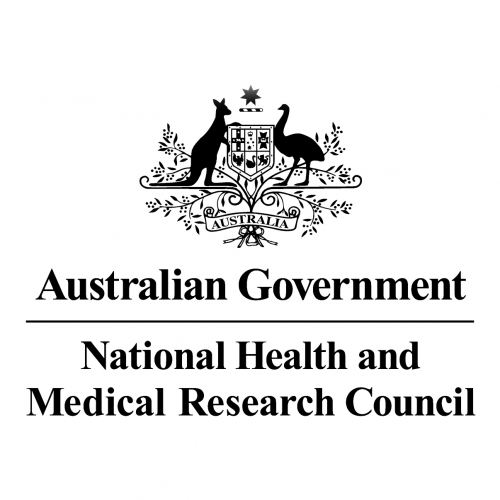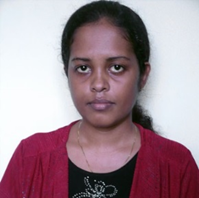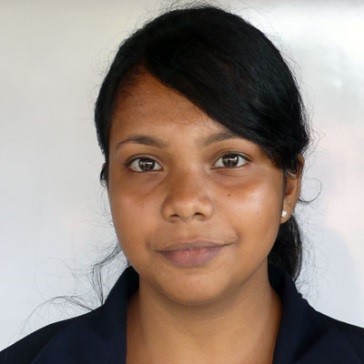Introduction
Investigated the associations between cardiovascular disease, diabetes and depression; overlapping genetic and environmental influences.
It is one of the largest twin studies being conducted in South Asia.
Participants
- 2935 Twins
- 1035 Singletons from COTASS-1 were followed up
Collaborators
Objectives
To examine whether there are common genetic factors between type 2 diabetes and depression using genetic model-fitting analysis.
Methods:
- In COT ASS-2, participants completed structured interviews, anthropometric measures and provided
fasting blood and urine samples for clinical investigations and biobanking. - Depressive disorder, depressive symptoms, anxiety symptoms, post-traumatic stress disorder
(PISI)) and hazardous alcohol use were ascertained with structured psychiatric screens (WHO
Composite International Diagnostic Interview (CIDI), Beck Depression Inventory (BDI-II),
Generalised Anxiety Disorder Questionnaire (GAD-7), PTSD Checklist — Civilian Version (PCL-C),
and Alcohol Use Disorders Identification Test (AUDIT)). - We estimated the prevalence of psychiatric disorders and associations with gender. education and
age. - Outcomes from the metabolic syndrome component will not be presented here.
Measure
SURVEY DATA:
- Socio-demographic & socio-economic measures
- Self-reported health behaviours
- Alcohol use (AUDIT)
- Smoking
- Exercise (IPAQ)
- Diet
- Self-reported chronic disease
- SF-36
- Depression (CIDI)
ANTHROPOMETRIC AND CLINICAL DATA:
- Waist circumference
- Height
- Weight
- Blood pressure
- Triglycerides
- HDL-cholesterol
- Fasting plasma glucose
- HbA1c
- Some inflammation markers (CRP)
Description
Strong evidence exists which suggests associations between cardiovascular disease, diabetes and depression. The Colombo Twin and Singleton Study follow-up Study (CoTaSS 2) seeks to explore this in the Sri Lankan population and estimate the extent of overlapping genetic and environmental influences. This is the follow-up study of the population based twin study on common mental disorders in Sri Lanka conducted in 2007. CoTaSS 2 aimsA are to study the prevalence of depression and component phenotypes of metabolic syndrome as well as estimating the heritability of depression and exploring the genetic architecture of metabolic syndrome.
Participants include 1940 twin pairs (with known zygosity) and 2019 singletons from the first twin study who are being followed up. CoTaSS2 contains multiple components: questionnaires, anthropometric and blood pressure measurements, clinical investigations, and heart rate variability data. A biobank containing DNA and serum from participants is being established for future genetic studies. Data collection for all components except heart rate variability has been competed. A total of 5720 participants of the first study have been traced, and data has been collected from 2899 twins and 1035 singletons. Heart rate variability data collection will continue until complete.
Results from this study will allow us to estimate the heritability of depression and explore the reliability of life-time diagnosis in a South Asian population. Describing the prevalence of component phenotypes which make up metabolic syndrome, exploring the genetic architecture of metabolic syndrome phenotypes, and estimating the extent to which phenotypic correlations are explained by shared genetic or environmental effects will be done as well. We will also be able to determine whether there is a significant aetiological overlap between depression and component phenotypes of metabolic syndrome.
Results
- 2934 twins and 1035 singletons were followed in COTASS-2 (83.4% and 61.8% participation
rate, respectively). - Just under 4% of twins and singletons met the DSM-IV criteria for major depressive episode in
the past year using the CIDI, and approximately 5% reported met the DSM criteria for P T DS. - Twins had lower estimates of depressive and anxiety symptoms compared to singletons (5.9%
vs. 9.8%. and 3.6% vs. 5.10/0, respectively). - Hazardous alcohol use was highly prevalent in male twins and singletons and 30.9%,
respectively). The socio-demographic distributions of mental disorders followed similar
patterns in twins and singletons, - Mental disorders were generally more common in women. and among those with lower
educational attainment. - Depressive disorder and IYTSD was less common in the older age group (554) compared to
those aged 19-34, Depressive symptoms and anxiety symptoms did not vary by age. while
hazardous alcohol use peaked in men aged 35-54 years.
In the best-fitting model, the phenotypic correlation between type 2 diabetes and depression was significant in females only (r = 0.15 [0.08-0.21]). This association was primarily attributed to a significant genetic correlation between the traits (rA = 0.53 [0.19-0.98]).
Prevalence of mental disorders:Our sample had a generally low prevalence of most mental disorders. 4% of twins and 4% of singletons met the criteria for major depressive disorder (DSM-IV),and 4% of twins and 5% of singletons reported moderate or severe anxiety symptoms (GAD-7 ≥ 10).
Cardio metabolic risk cannot be universally captured in a construct such as metabolic syndrome, but cardio metabolic risk is culturally-, ethnicity- and sex-specific with distinct aetiological pathways
EOE behaviour and depressive symptoms, were significantly associated with men and women.Non-shared environmental factors explained the majority of variance in men. Genetic factors were more important for EOE in women
Conclusion
- The prevalence of mental disorders was low, but consistent with local estimates.
- The prevalence of major depressive disorder are in line with previous studies in Colombo (6.4%)
and other South Asian populations (4.5% in India and 4.00/0 in Indian minority groups in Singapore). - The estimates of anxiety symptoms were low within an international context (e.g. 8.2% in North
America, S. 1% in Europe, and I I .20,4 in Pakistan), - In contrast. the prevalence of IYISD symptoms was broadly consistent with international research
(33% in USA. in UR). - Virtually no women reported hazardous alcohol use, while approximately one third of men were
hazardous drinkers. - The prevalence is high and is consistent with alcohol use being recognised as an increasingly
common problem in Sri Lanka. - Future papers will describe in greater depth the association between mental health and metabolic
syndrome.



























